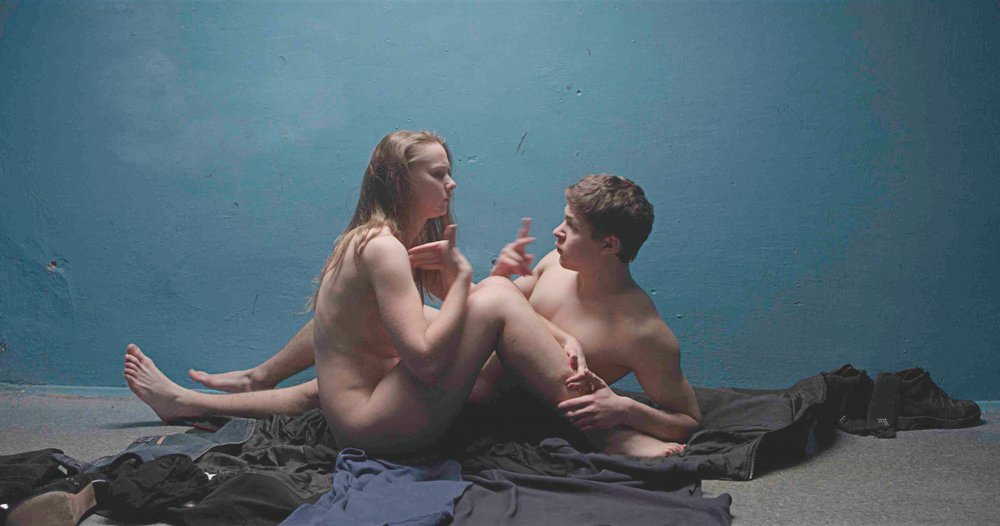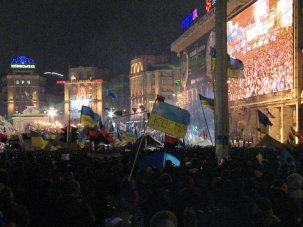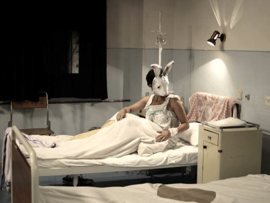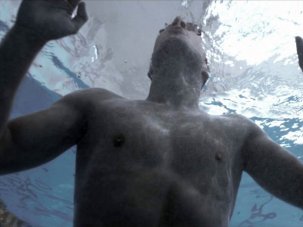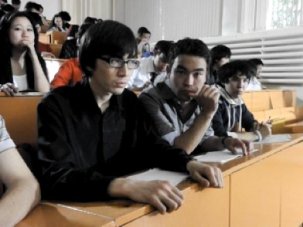In his feature debut The Tribe, Ukrainian filmmaker Myroslav Slaboshpytskiy directs like a brilliant student who has absorbed the lessons of his tutors – Haneke, the Dardennes and numerous New-Wave Romanians. Staged as a series of long-shot long takes alternating between fixed-camera tableaux and implacable tracking shots – with the only cuts coming in between sequences – The Tribe is a tour de force and it knows it. The scenes don’t seem to have been directed so much as arranged on a platter. And, given the prevalence of revenge in the film’s plot, it should be said that they’re served up absolutely ice-cold.
Ukraine/The Netherlands 2014
Certificate 18 131m 43s
Director Myroslav Slaboshpytskiy
Cast
Sergey Grygoriy Fesenko
Anya Yana Novikova
Svetka Roza Babiy
Gera Olexandr Dziadevych
King Olexandr Osadchyi
In Colour
[2.35:1]
Ukrainian theatrical title Plemya
UK release date 15 May 2015
Distributor Metrodome Distribution Ltd
► Trailer
Introduced stepping off a bus in suburban Kiev, Sergey (Grigoriy Fesenko) is a deaf-mute teenager who’s been enrolled at – or banished to – a boarding school where students and staff are all similarly disabled. There is no spoken dialogue in the film, nor any subtitles to translate the conversations between the characters, which unfold entirely in Ukrainian sign language.
This is a daring gambit, of course, and like the virtuosic camerawork it feels halfway between a fully integrated ethical-aesthetic choice and an ingenious gimmick – a means of distinguishing The Tribe from even the most effectively alienating arthouse fare on the market. The combination of meticulously distanced camera placement (the only close-ups come when characters wander up to the lens) and determinedly opaque dramaturgy is such that the viewer feels either held at arm’s length or else infected with an illicit, vicarious curiosity. Either way, the director gets his desired effect: this is one uncomfortable movie.
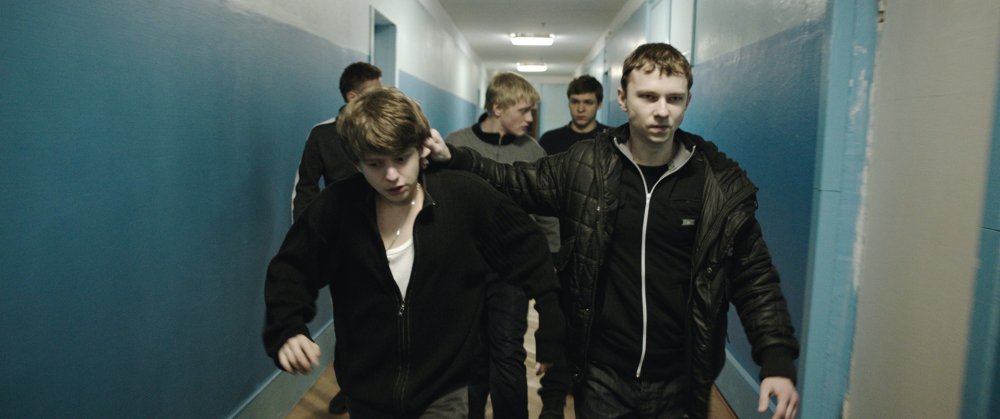
The question is whether Slaboshpytskiy is mobilising this discomfort or simply exploiting it. An early sequence in which the students are presented in class with a map of Europe seems to suggest a lurking domestic allegory, and the strategic placement of Ukrainian flags within the frame over the course of the film encourages this reading. The boarding school is presented as a self-contained ecosystem lorded over by older boys who bully their peers into submission and teachers who go even further: Sergey discovers that the woodwork instructor runs a prostitution business on the side, and ends up helping to pimp out his classmates at an isolated truck stop. It’s not too difficult to infer a political perspective within this vision of unregulated corruption – a state-of-the-nation address that nobody dares speak aloud.
At the same time, there’s something a little unseemly in how enthusiastically The Tribe goes for the jugular when it comes to extreme imagery. The explicit, real-time sex scenes between Sergey and his reluctant new girlfriend Anya (Yana Novikova), who works as a hooker, are superbly choreographed and acted, and yet it feels as if what we’re observing is less an authentic exchange than a carefully conceived set piece. (When Sergey and Anya lie together framed against a dingy wall, the horizontal planes of the composition evoke Rothko.) That goes double for the scenes of violence, which are so skilfully achieved that the horror is crowded out by a perverse sense of admiration for what Slaboshpytskiy and his collaborators have accomplished. (The literally bludgeoning finale is likely to be cited for years to come by connoisseurs of austere master-shot brutality – it’s the equal of the throat-cutting in Hidden.)

In truth, pretty much every single thing about The Tribe is impressive, from the delineation of space within the school (the roving shots through long, narrow corridors are right out of The Shining) to the careful calibration of the sound design (small noises resound in the absence of dialogue) to the intensely gestural performances of the non-professional cast. And the place it occupies in the history of cinematic depictions of deafness is singular: there’s something authentically progressive about making a film in which deaf characters are not only not idealised but depicted as venal and even evil, as well as resourceful, sexually voracious and fiercely protective and loyal.
But it can also be enervating to watch a prodigy show off so unabashedly. Slaboshpytskiy approaches filmmaking as a contact sport, and in the process transforms audiences into Olympic-style judges, with scorecards held at the ready. He belongs on the podium but it’ll be interesting to see if next time out he insists on playing a game that he’s clearly already mastered.
In the June 2015 issue of Sight & Sound
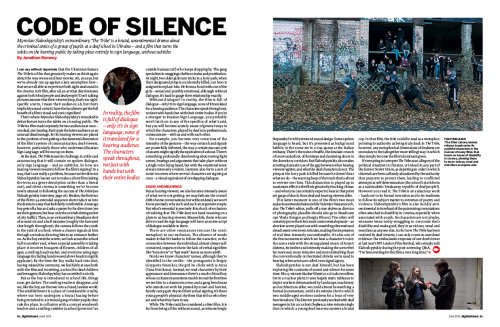
Code of silence
Myroslav Slaboshpytskiy’s extraordinary The Tribe is a brutal, unsentimental drama about the criminal antics of a group of pupils at a deaf school in Ukraine – and a film that turns the tables on the hearing public by taking place entirely in sign language, without subtitles. By Jonathan Romney.
Plus: Vital signs
The Tribe director Myroslav Slaboshpytskiy on working with speech-impaired non-professionals, the line between screen sex and porn, and why a revolution is like a first love. By Isabel Stevens.
-
Sight & Sound: the June 2015 issue

Girlhood and the faces of the new French cinema – plus Clouds of Sils Maria, The New Girlfriend, the Tribe, Phoenix and the S&S Interview with...
-
The Digital Edition and Archive quick link
Log in here to your digital edition and archive subscription, take a look at the packages on offer and buy a subscription.




